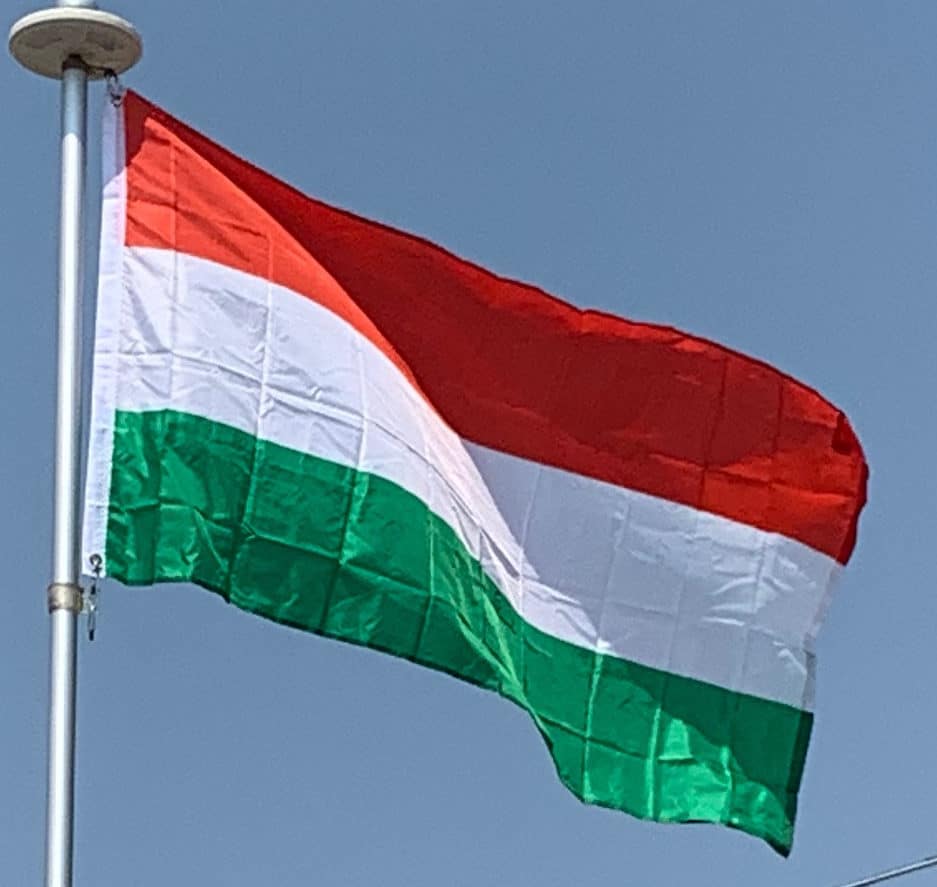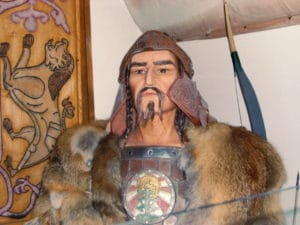
After the disintegration of the Hunnic Empire, the Gepids, an Eastern Germanic tribe, who had been vassalized by the Huns, established their own kingdom in the Carpathian Basin. Other groups which reached the Carpathian Basin in the Migration Period were the Goths, Vandals, Lombards, and Slavs. In the 560s, the Avars founded the Avar Khaganate, a state that maintained supremacy in the region for more than two centuries. The Franks under Charlemagne defeated the Avars in a series of campaigns during the 790s.
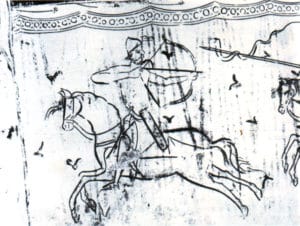
By the mid-9th century, the Balaton Principality, also known as Lower Pannonia, was established west of the Danube river as part of the Frankish March of Pannonia. The First Bulgarian Empire conquered the lands east of the Danube river and took over rule of the local Slavic tribes and remnants of the Avars.
Medieval Hungary 895–1526:
The freshly unified Hungarians led by Árpád (by tradition a descendant of Attila), settled in the Carpathian Basin starting in 895. According to the Finno-Ugrian theory, they originated from an ancient Uralic-speaking population that formerly inhabited the forested area between the Volga River and the Ural Mountains.
As a federation of united tribes, Hungary was established in 895, some 50 years after the division of the Carolingian Empire at the Treaty of Verdun in 843, before the unification of the Anglo-Saxon kingdoms. Initially, the rising Principality of Hungary (“Western Tourkia” in medieval Greek sources) was a state created by a semi-nomadic people. It accomplished an enormous transformation into a Christian realm during the 10th century.
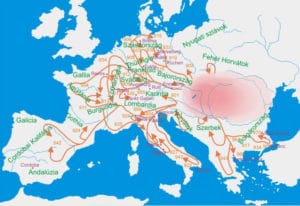
This state was well-functioning and the nation’s military power allowed the Hungarians to conduct successful fierce campaigns and raids, from Constantinople to as far as today’s Spain. The Hungarians defeated no fewer than three major East Frankish imperial armies between 907 and 910. A later defeat at the Battle of Lechfeld in 955 signaled a provisory end to most campaigns on foreign territories, at least towards the West.
Age of Árpádian Kings:
The year 972 marked the date when the ruling prince (Hungarian: fejedelem) Géza of the Árpád dynasty officially started to integrate Hungary into the Christian Western Europe. His first-born son, Saint Stephen I, became the first King of Hungary after defeating his pagan uncle Koppány, who also claimed the throne. Under Stephen, Hungary was recognized as a Catholic Apostolic Kingdom. Applying to Pope Sylvester II, Stephen received the insignia of royalty (including probably a part of the Holy Crown of Hungary, currently kept in the Hungarian Parliament) from the papacy.
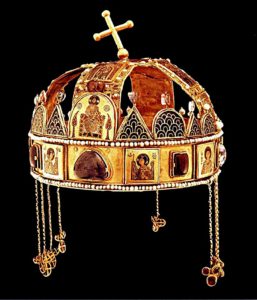
By 1006, Stephen consolidated his power, and started sweeping reforms to convert Hungary into a Western feudal state. The country switched to using the Latin language, and until as late as 1844, Latin remained the official language of Hungary. Around this time, Hungary began to become a powerful kingdom. Ladislaus I extended Hungary’s frontier in Transylvania and invaded Croatia in 1091. The Croatian campaign culminated in the Battle of Gvozd Mountain in 1097 and a personal union of Croatia and Hungary in 1102, ruled by Coloman i.e. Könyves Kálmán.
